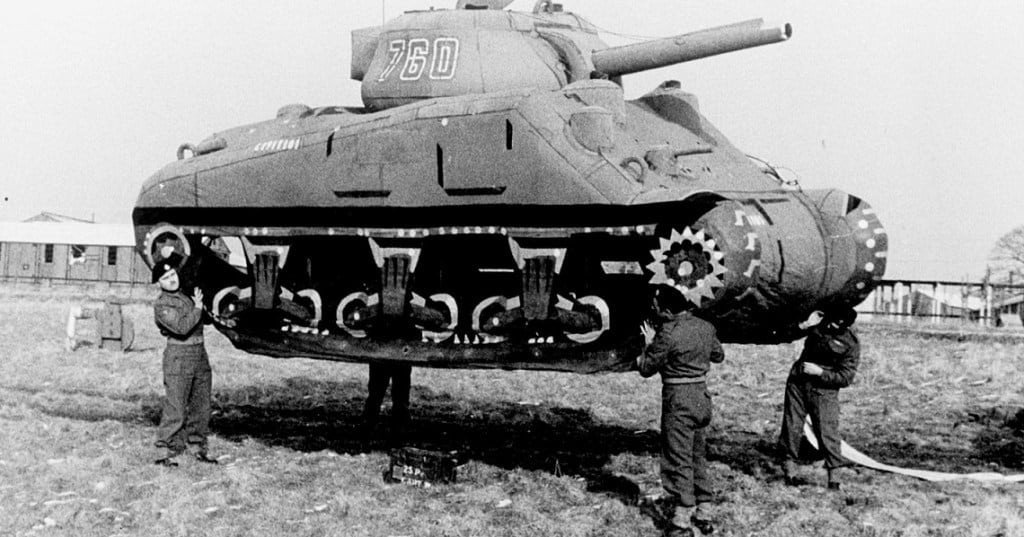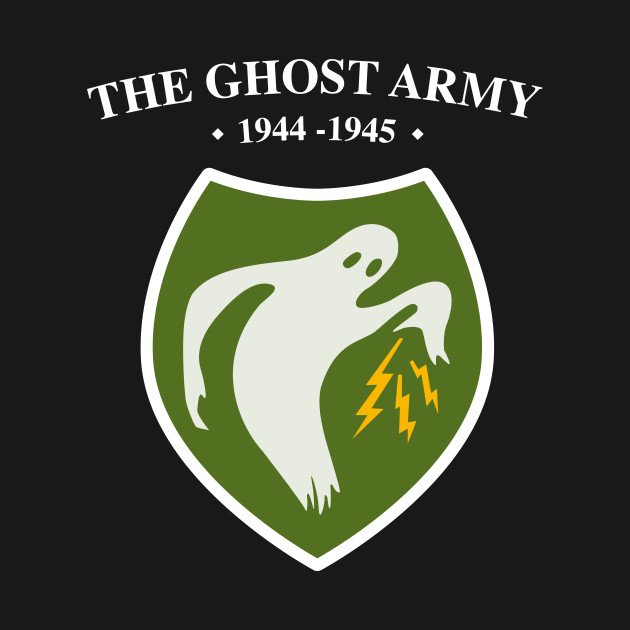WWII Weird War Story: Unveiling the Spectral Heroes of WWII: The Ghost Army
In the annals of World War II history, tales of heroism often revolve around combat bravery, strategic genius, and the indomitable spirit of soldiers who faced unimaginable odds. But amidst the countless stories of valor, one particular unit stands out for its remarkable and unconventional approach to warfare—the 23rd Headquarters Special Troops, better known as "The Ghost Army."
A Mirage in the Midst of War
Imagine a battalion of artists, actors, and engineers armed not with conventional weaponry but with a potent arsenal of deception and illusion. This was the essence of the Ghost Army, a top-secret unit that operated during World War II to mislead, deceive, and confound the enemy.
Formed in 1944 under the command of Colonel Harry Reeder, the Ghost Army was composed of talented individuals skilled in various creative disciplines. Comprising both soldiers and civilians, the unit included artists, designers, radio operators, sound engineers, and actors who were experts in the art of camouflage and psychological warfare.
The Art of Deception
The Ghost Army's primary mission was to deceive the Axis forces by creating the illusion of a much larger and more powerful Allied presence. They employed a variety of innovative tactics to achieve this goal:
1. Inflatable Tanks and Vehicles: The Ghost Army used inflatable decoys that mimicked tanks, trucks, and artillery to give the impression of a massive military force.
2. Dummy Airfields: They constructed fake airfields complete with dummy aircraft and personnel to divert enemy airstrikes.
3. Sonic Deception: The unit employed sound engineers to simulate the sounds of a large army on the move, fooling the enemy into believing that a major offensive was imminent.
4. Fake Radio Traffic: Skilled radio operators transmitted fake messages and encrypted communications to further mislead the enemy about Allied troop movements and intentions.
Ghosts on the Front Lines
The Ghost Army played a pivotal role in several major operations during the war, including the Battle of Normandy and the Rhine River crossing. Their deceptions often drew German forces away from actual Allied advances, helping to reduce casualties and expedite the liberation of Europe.
Their work was so secretive that even many of their fellow soldiers were unaware of their existence until decades later. The Ghost Army's true story remained classified until it was declassified in the 1990s.
A Legacy of Ingenuity
The members of the Ghost Army were not conventional warriors, but their creativity, resourcefulness, and willingness to step into the unknown made them heroes in their own right. Their legacy lives on as a testament to the power of deception and innovation in warfare.
In the world of military history, "The Ghost Army" stands as a remarkable example of the extraordinary lengths to which individuals can go when faced with the challenges of war. Their artistic talents and clever subterfuge not only saved lives but also exemplified the indomitable human spirit that shines even in the darkest of times.
As we reflect on the incredible contributions of these unsung heroes, let us remember that courage and heroism can take many forms, and sometimes, the most effective weapons are those that exist solely in the realm of the imagination. The Ghost Army, with their phantom tanks and sonic illusions, will forever remain a ghostly reminder of the ingenuity and creativity that emerged during one of the world's darkest chapters.
Join us for Episode 1 (The Mind) of the Grunt Style Foundation Mental Health Round Table, hosted by the Grunt Style Foundation and in partnership with Stop Soldier Suicide. We’ll hear from Veteran Activists like U.S. Army veteran Boone Cutler, who is the Co-author of "The Citizen's Guide to Fifth Generation Warfare." This guide is a key to decoding the manipulation surrounding us, a manual for grasping the invisible threads that weave the fabric of our modern world.
Discover practical tools and strategies to empower your mental well-being beyond the uniform. Connect with fellow warriors and community leaders as we explore the challenges of post-service life and tap into your inherent strengths. Don't miss this opportunity to lead by example and take charge of your mental health journey.





